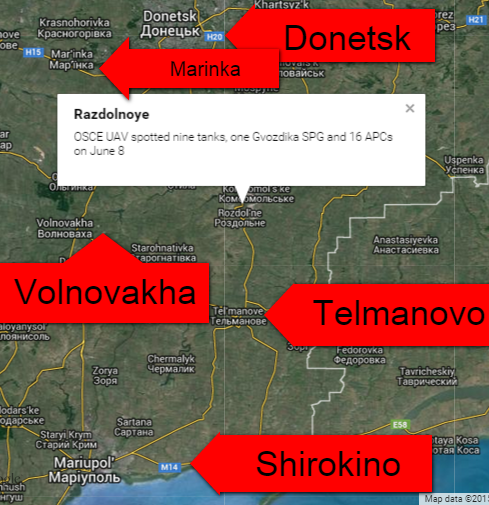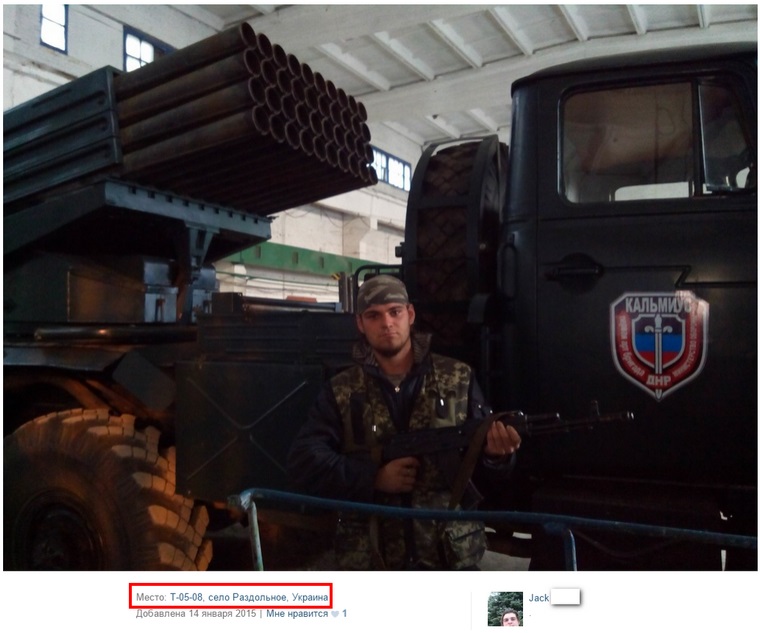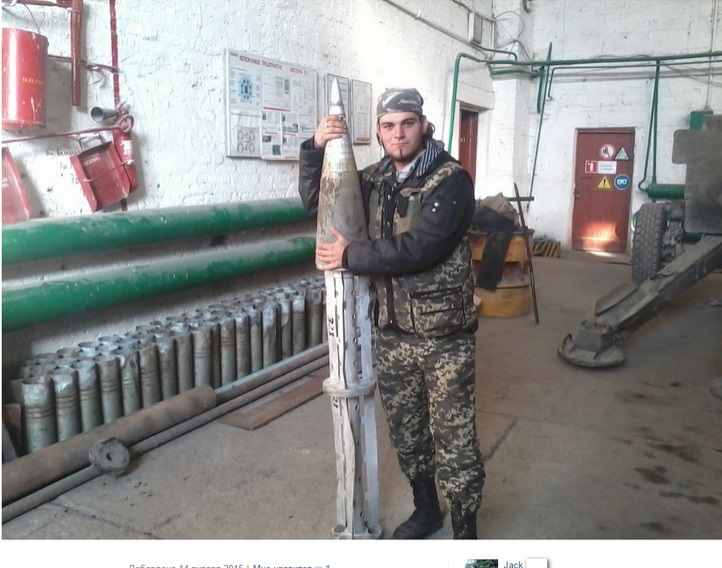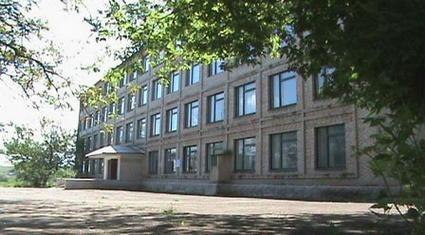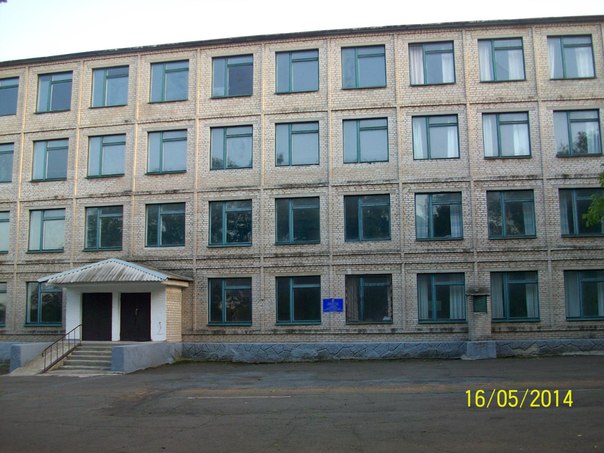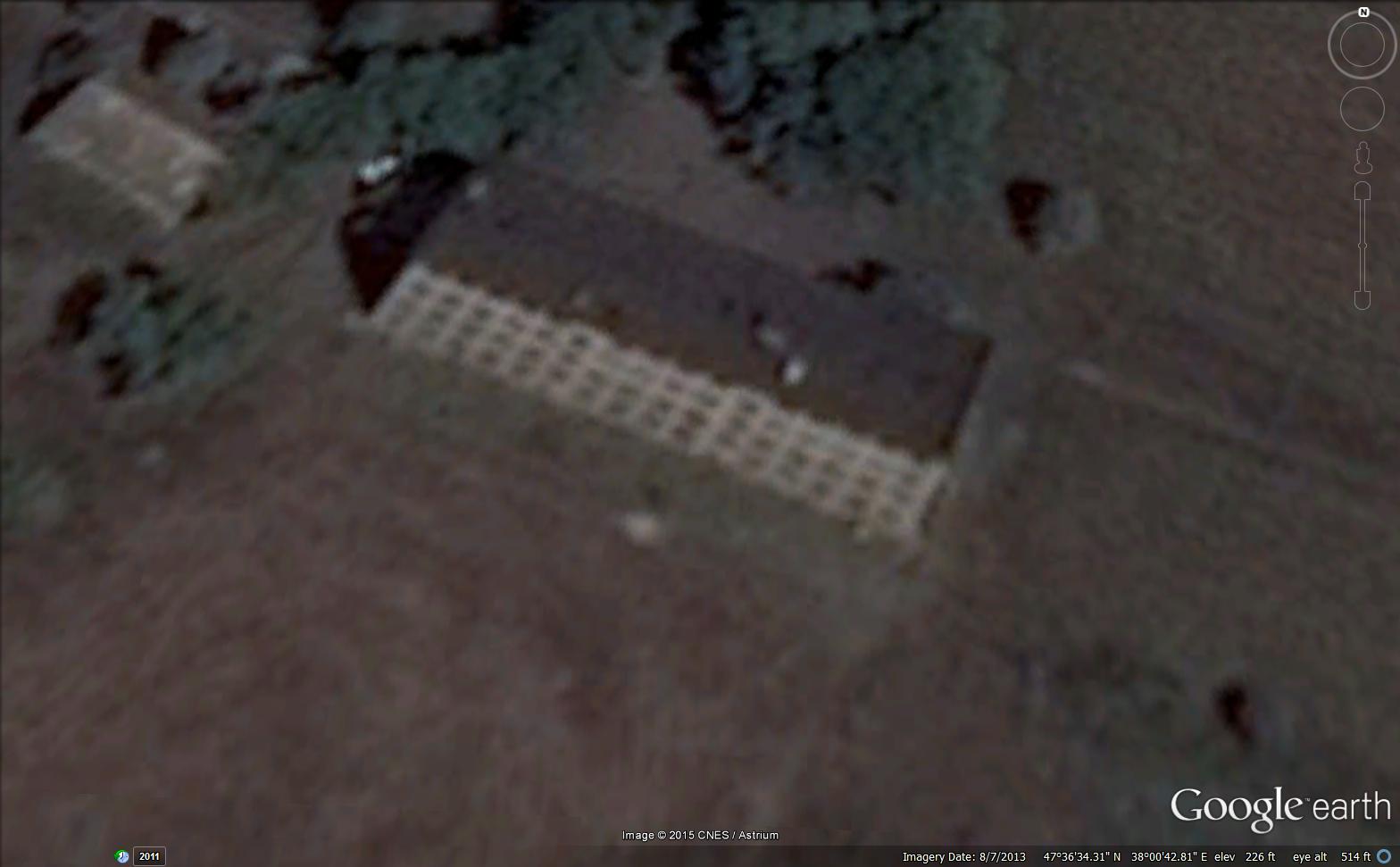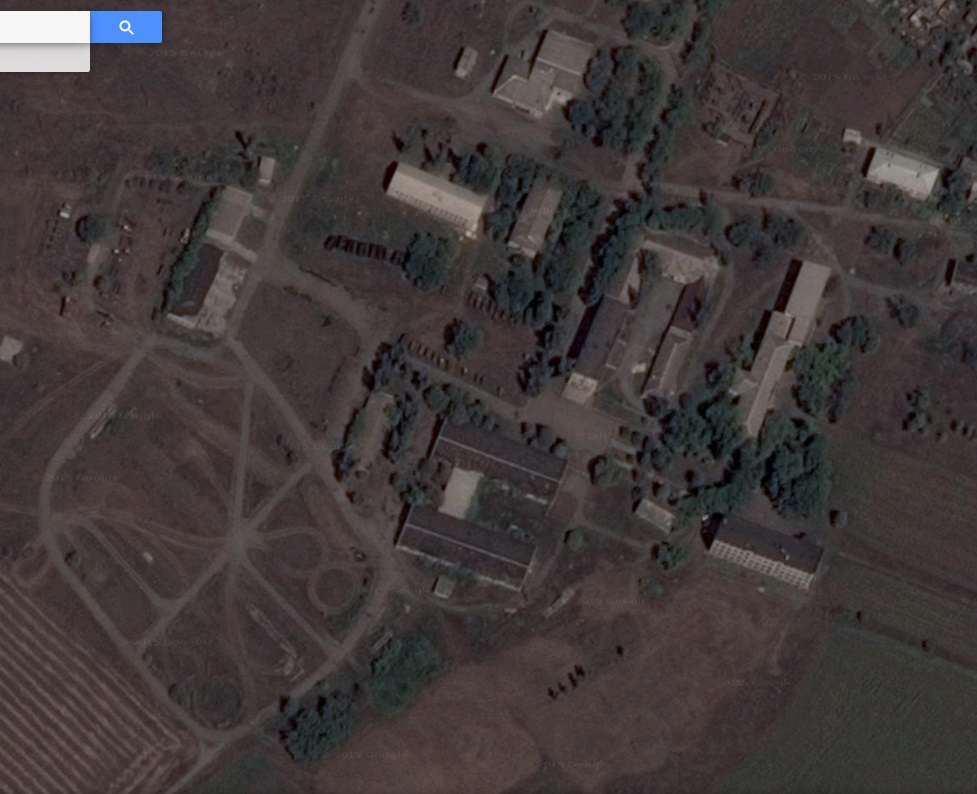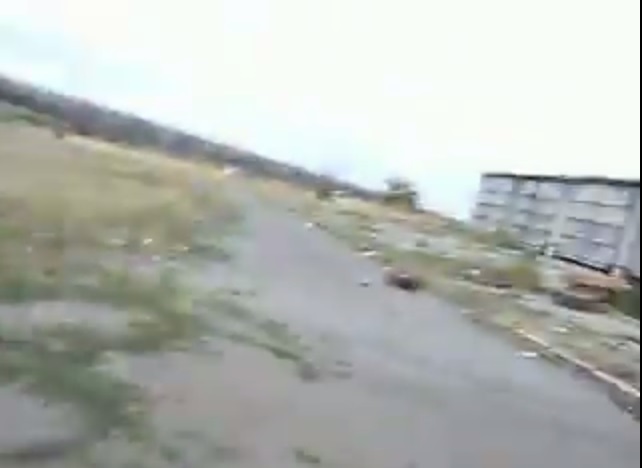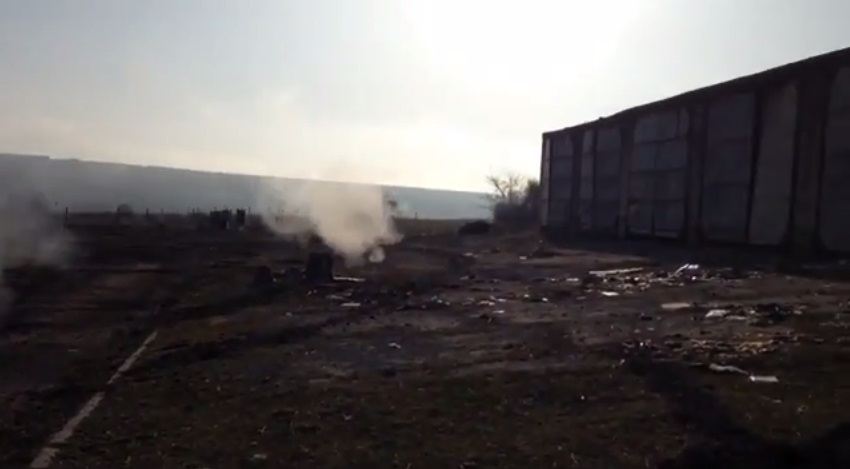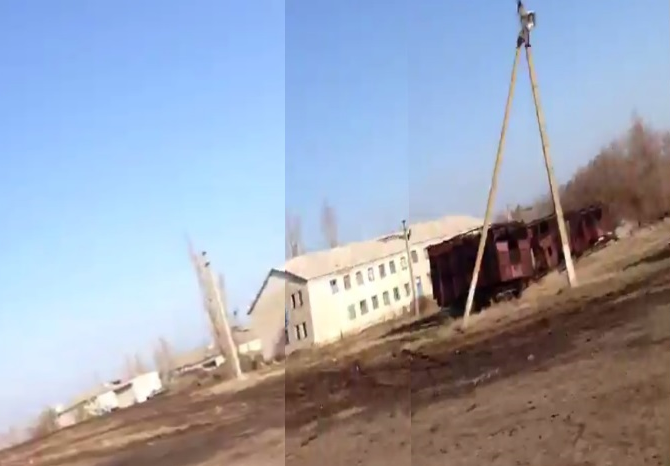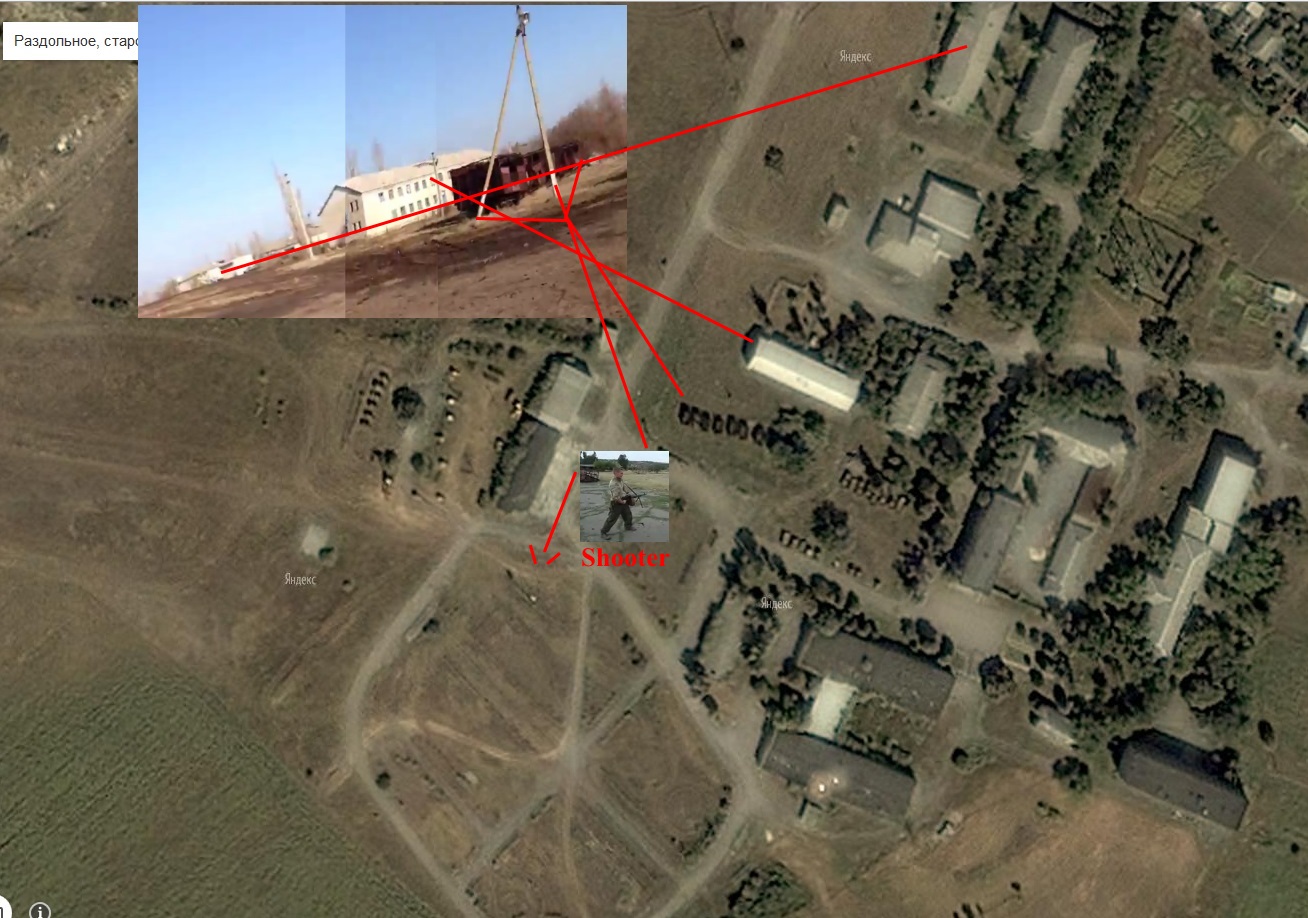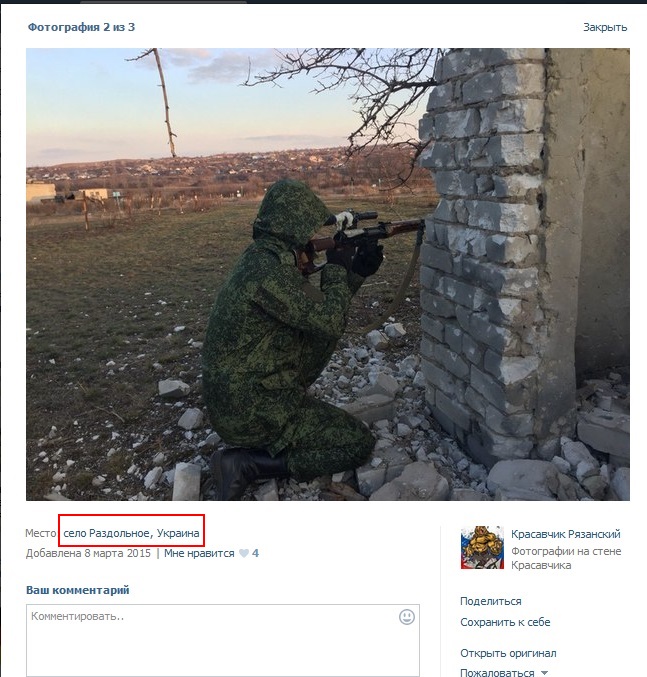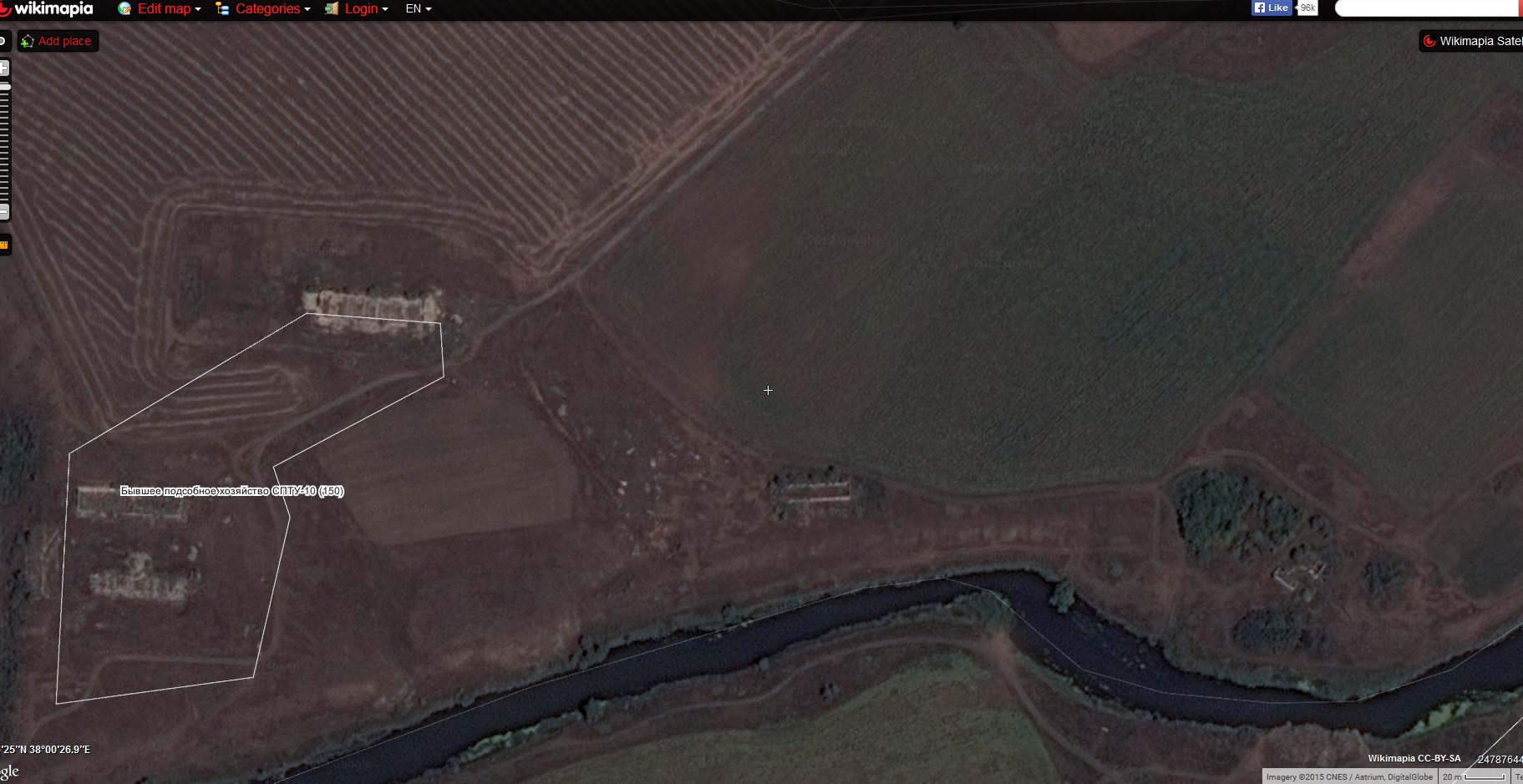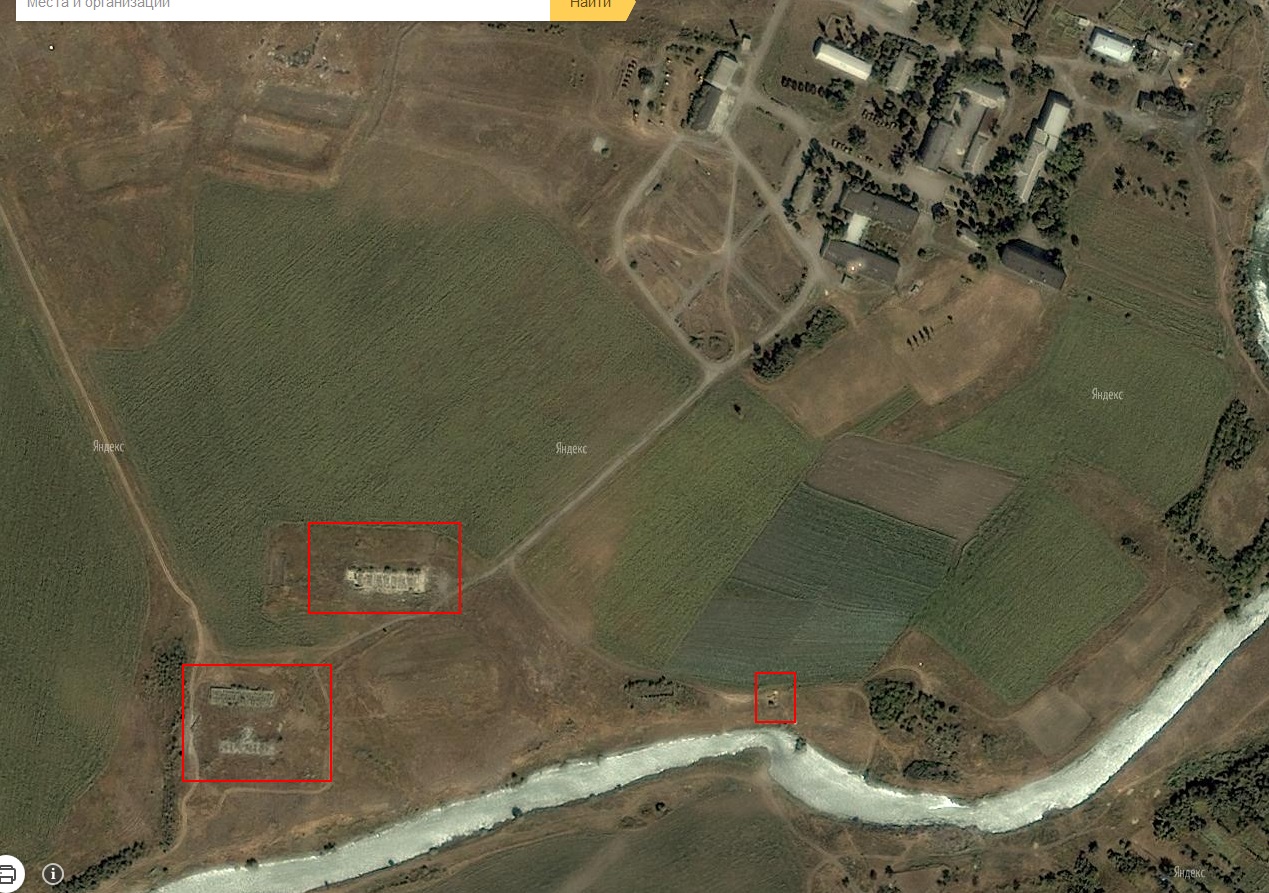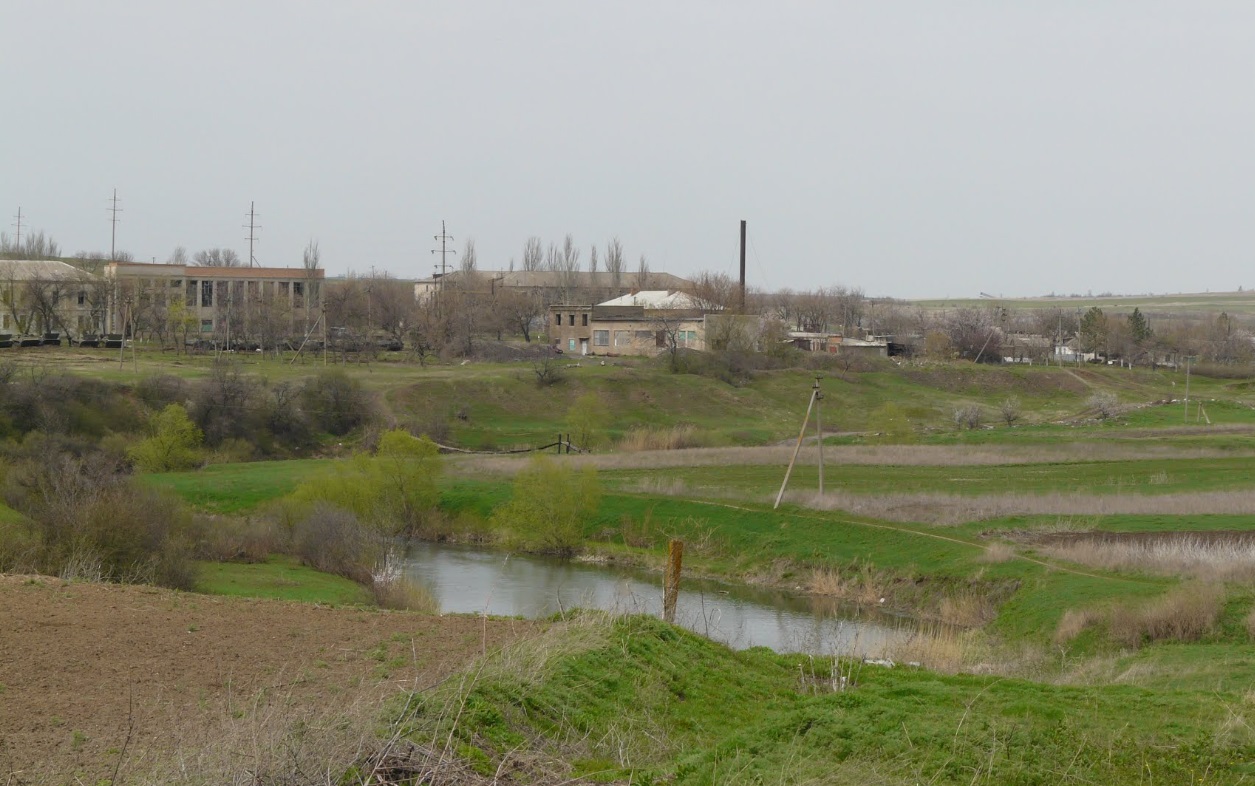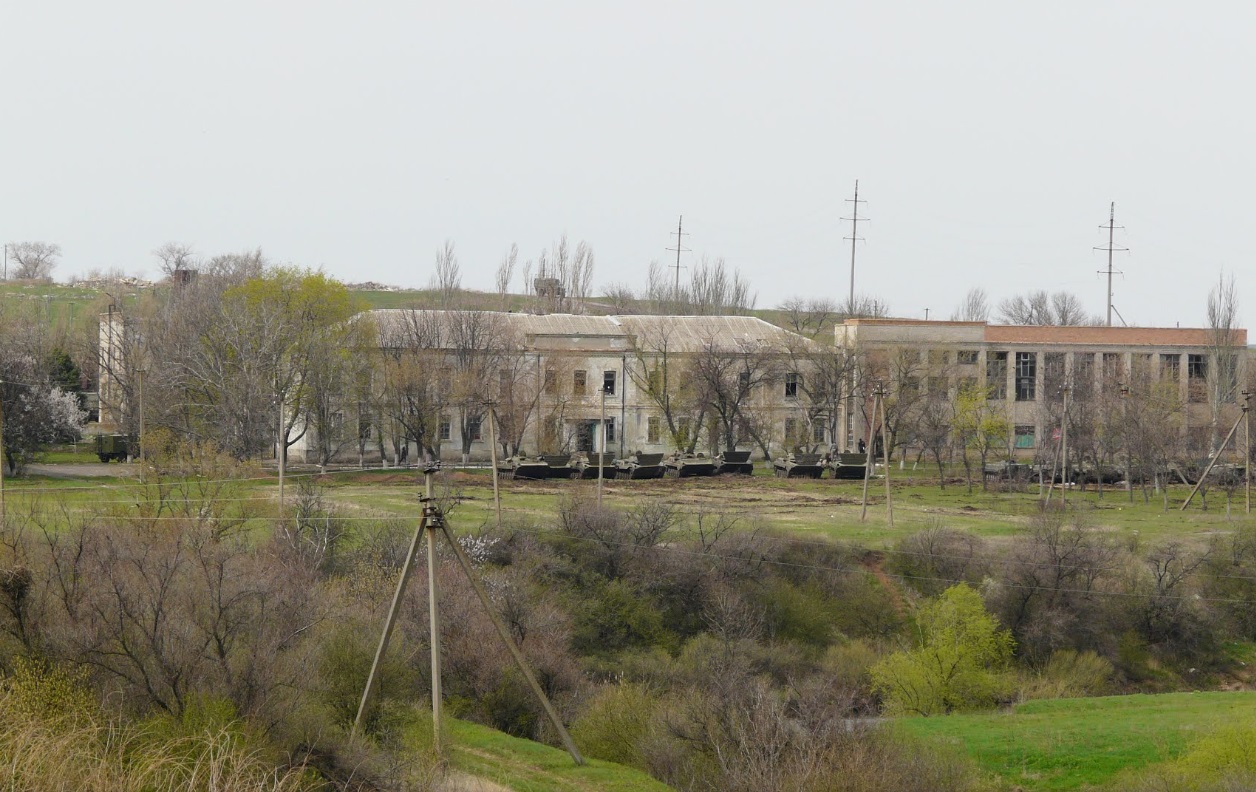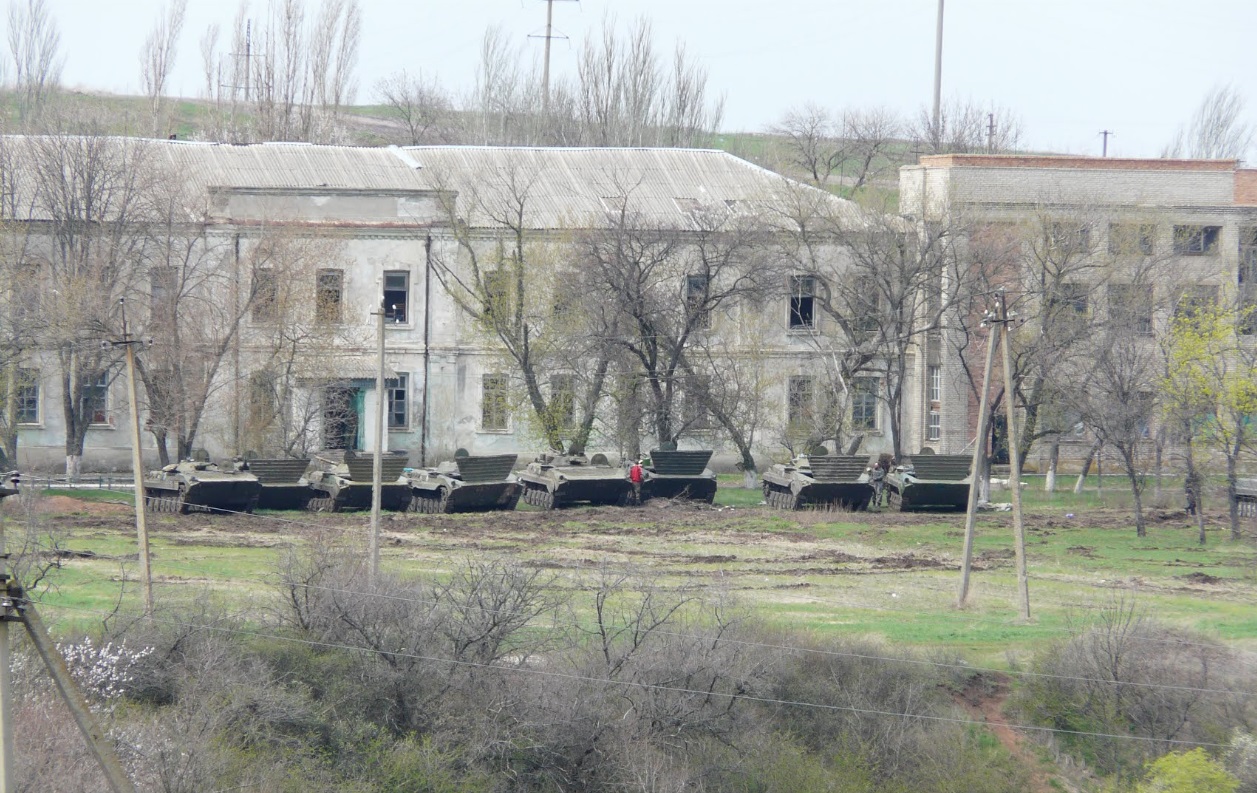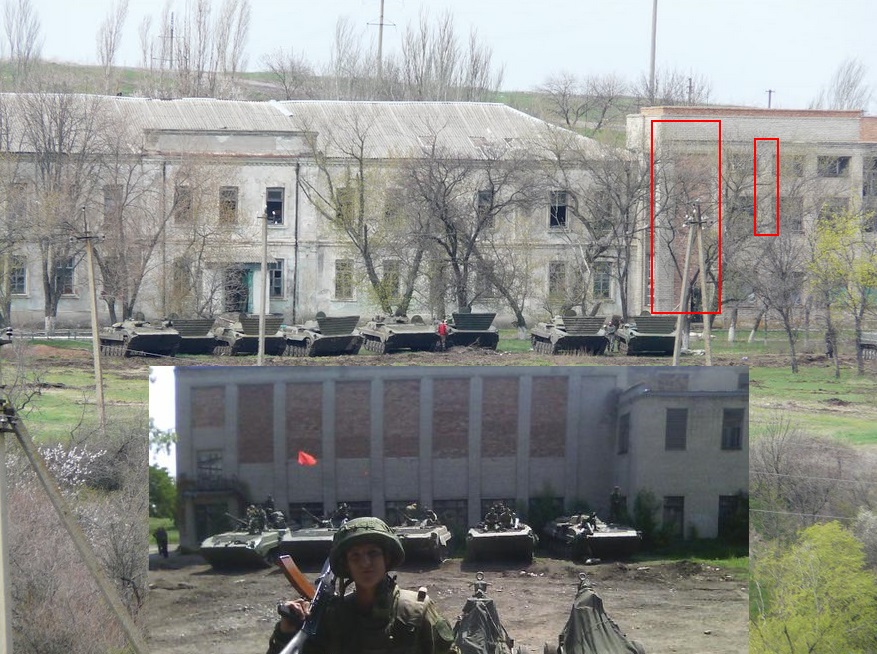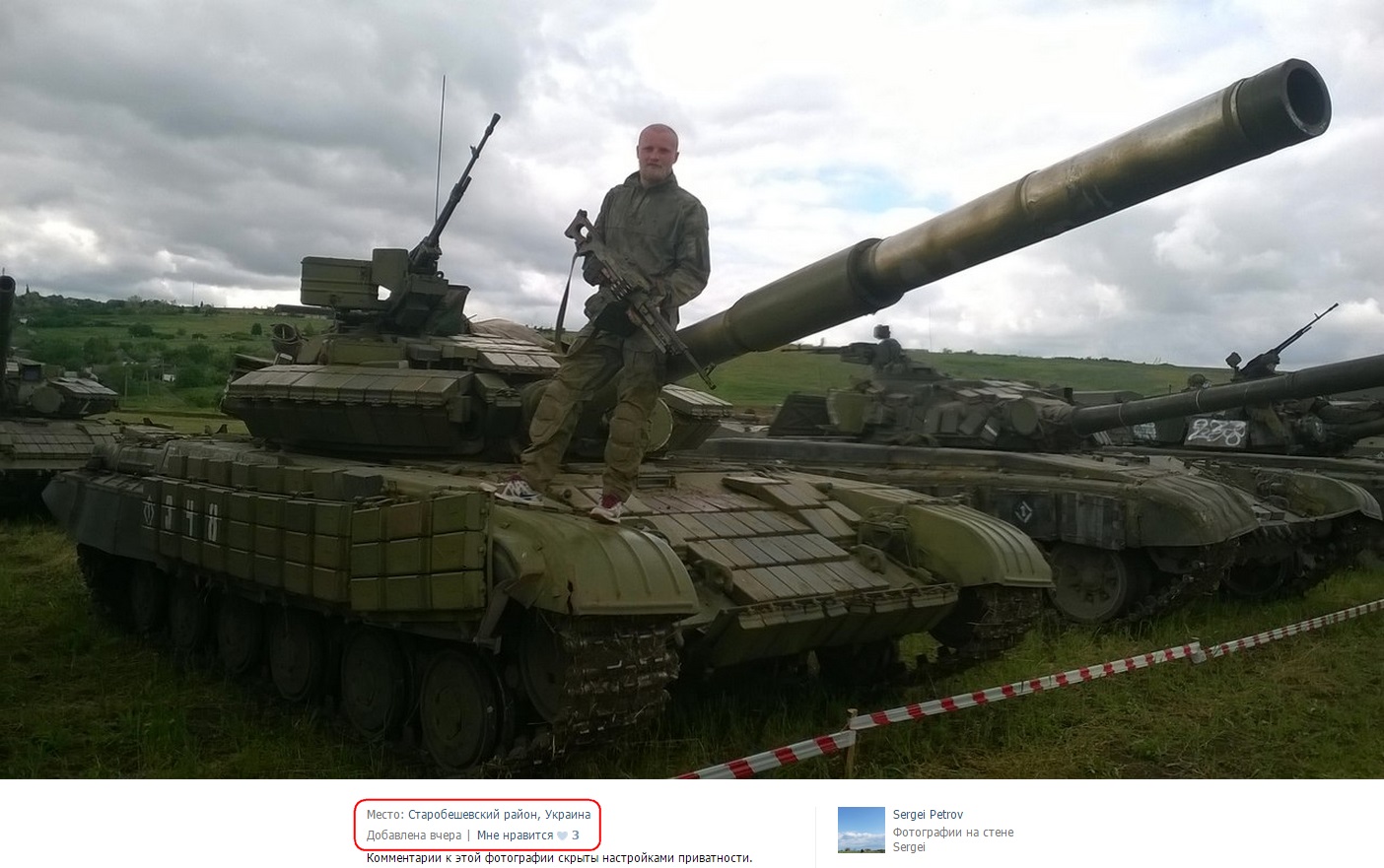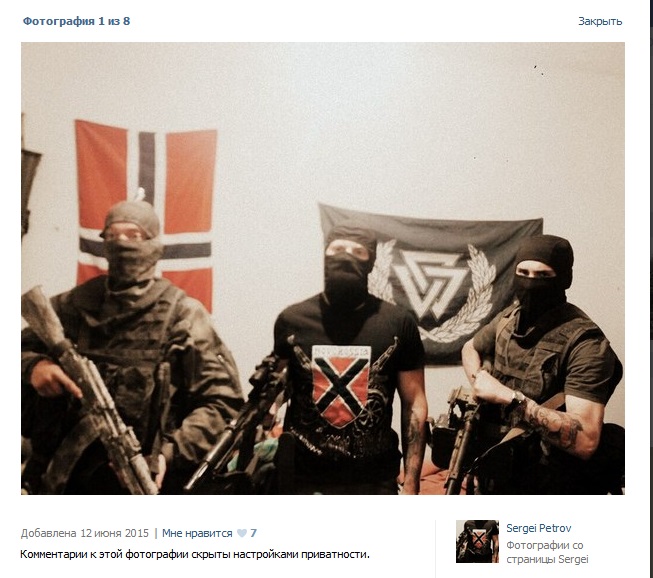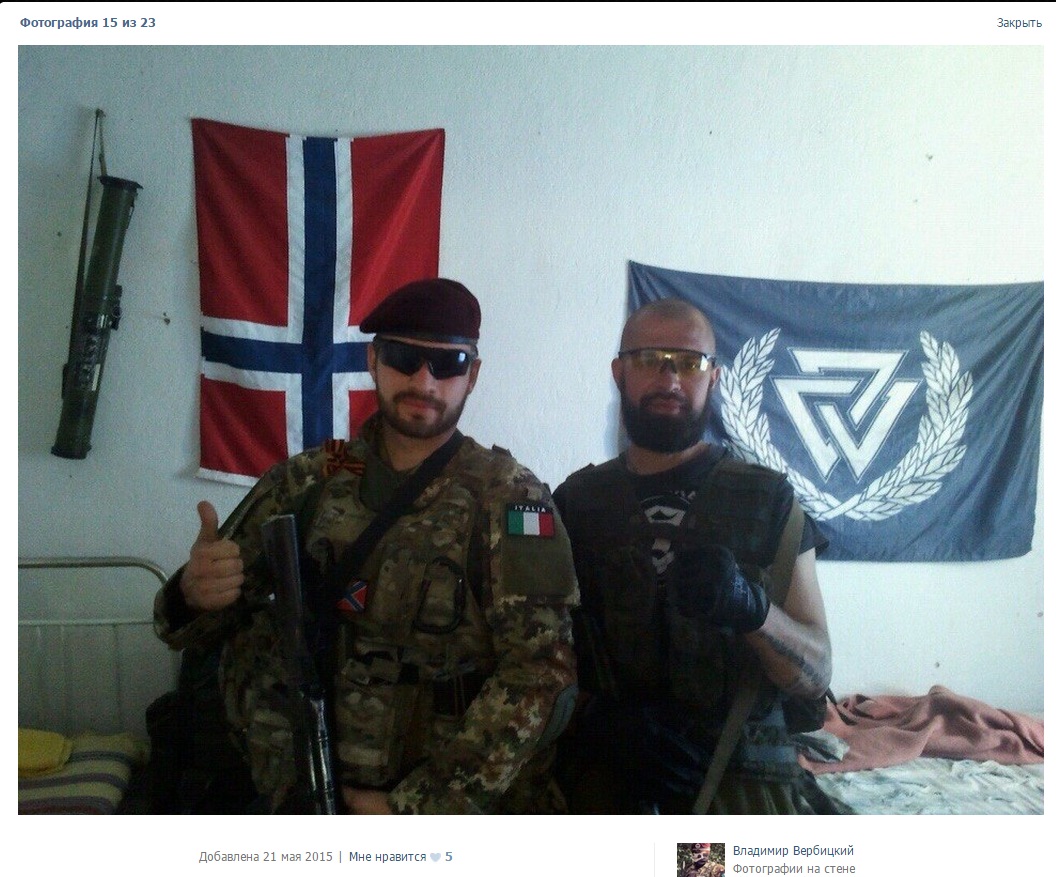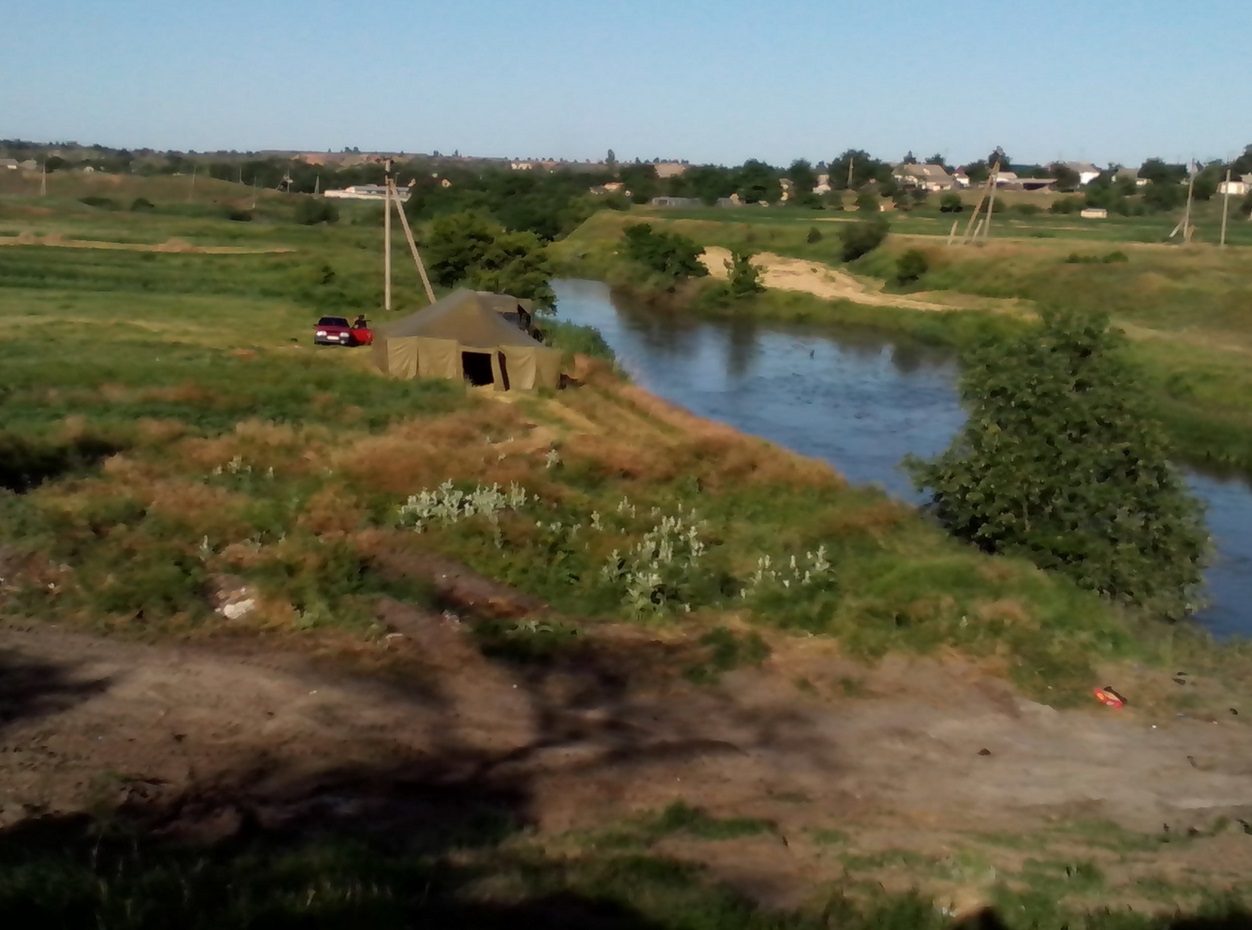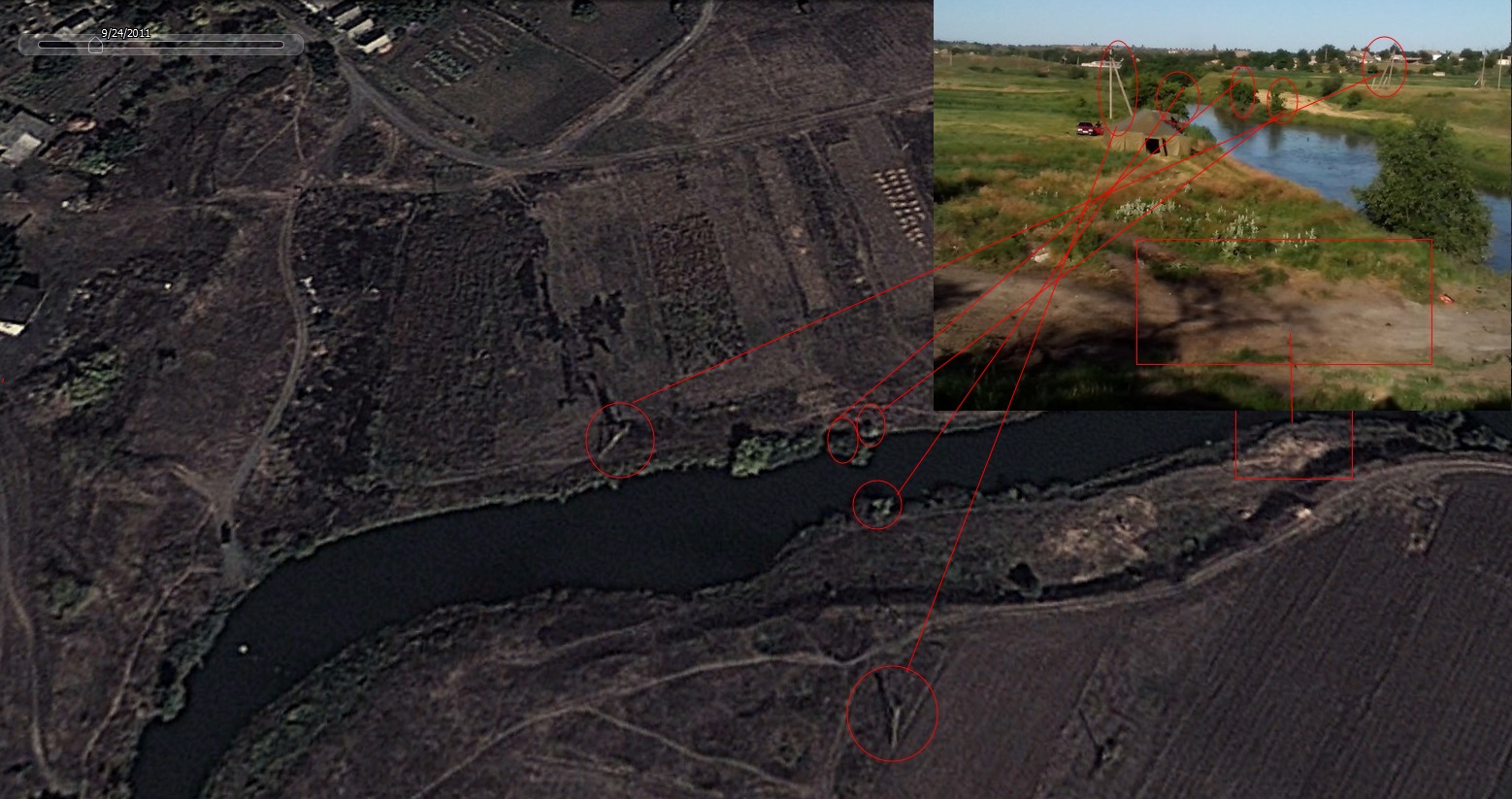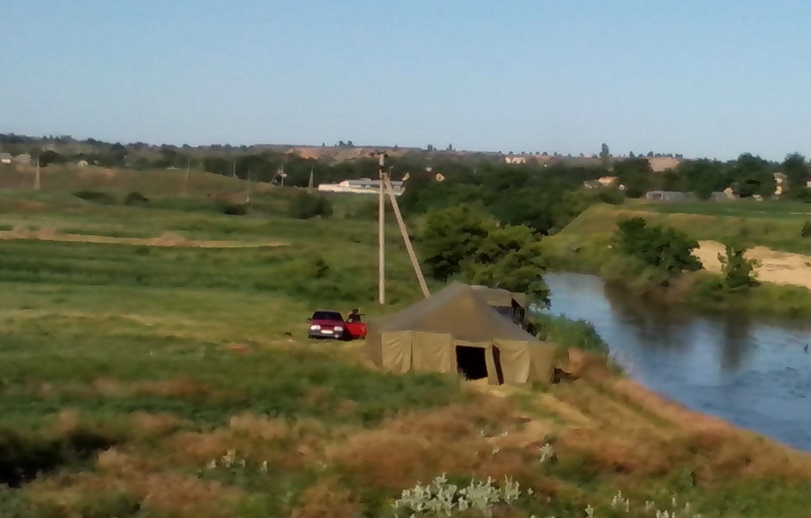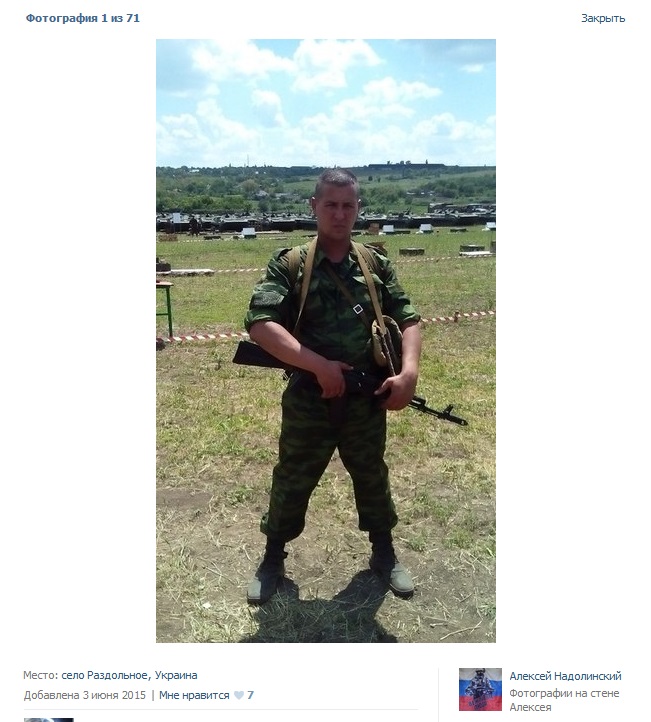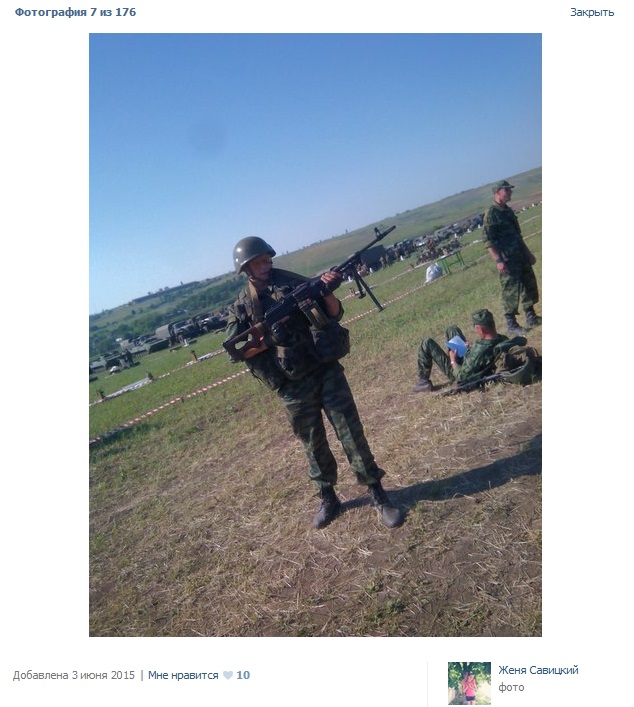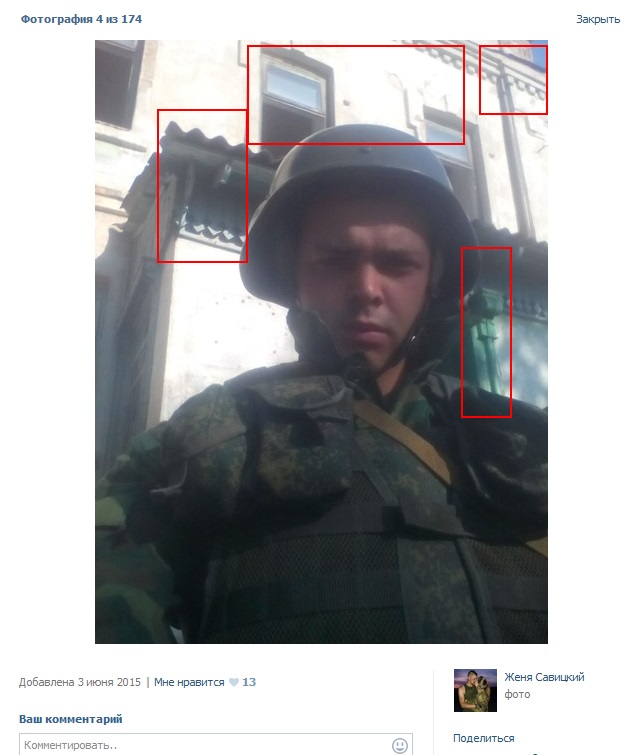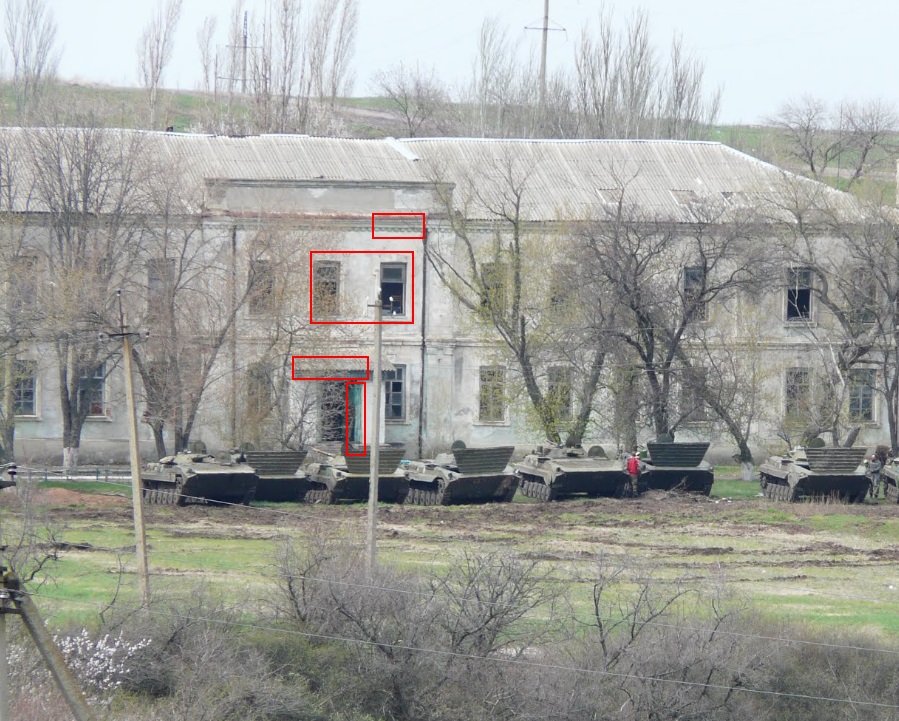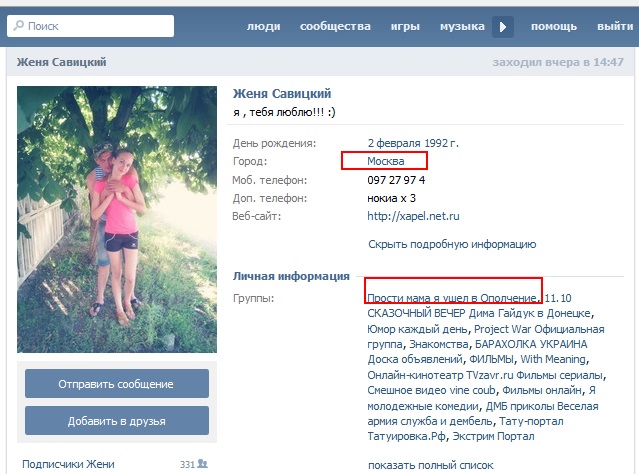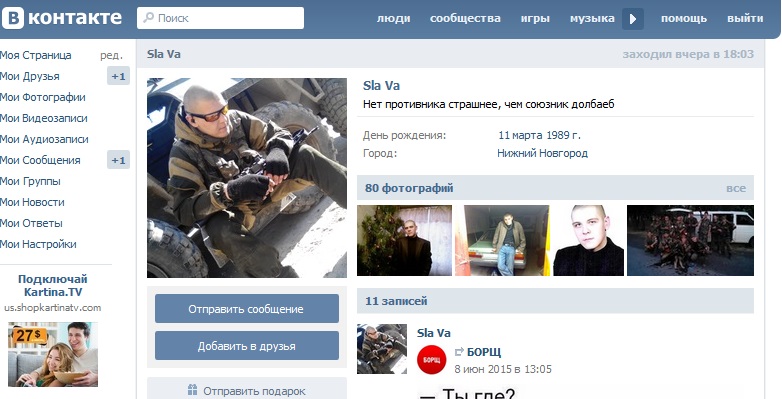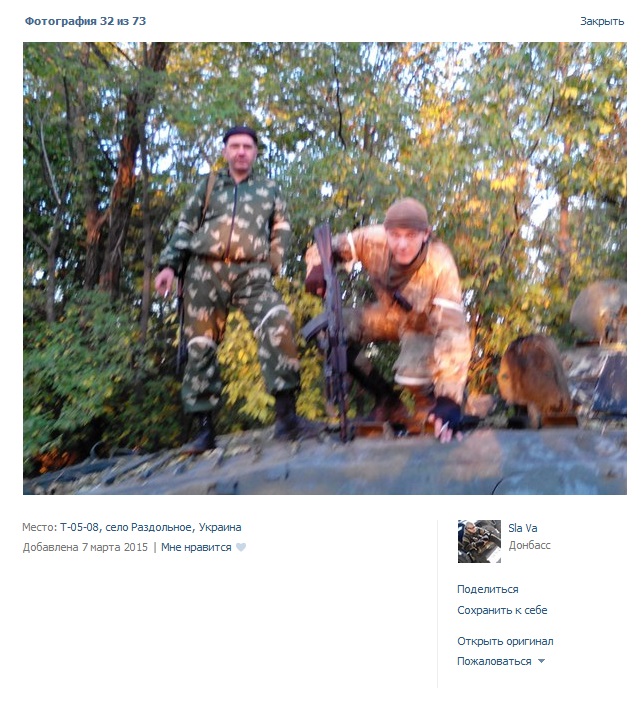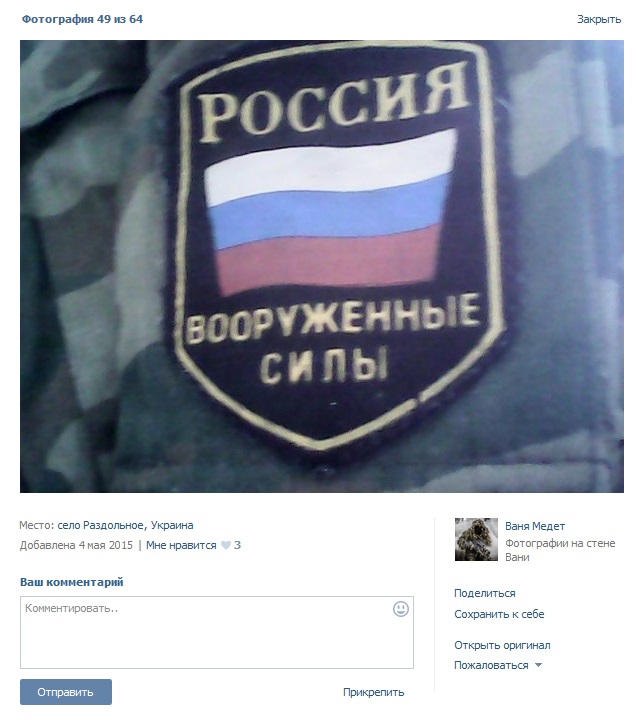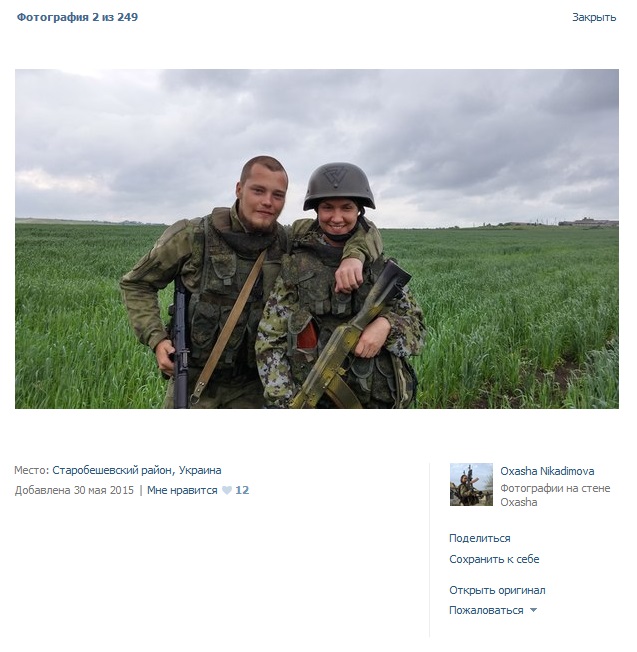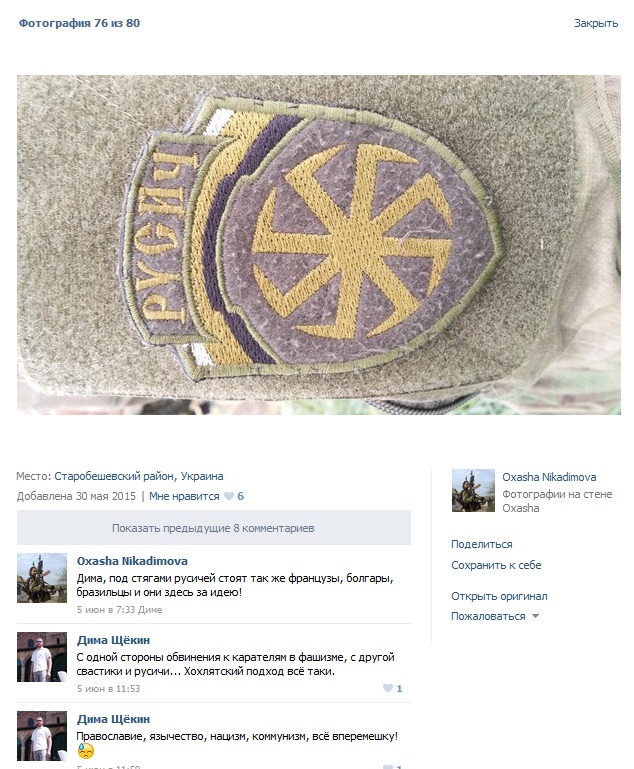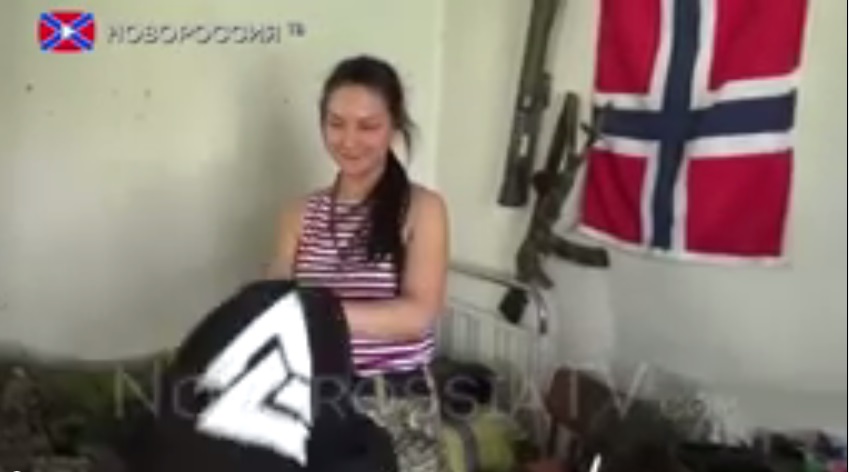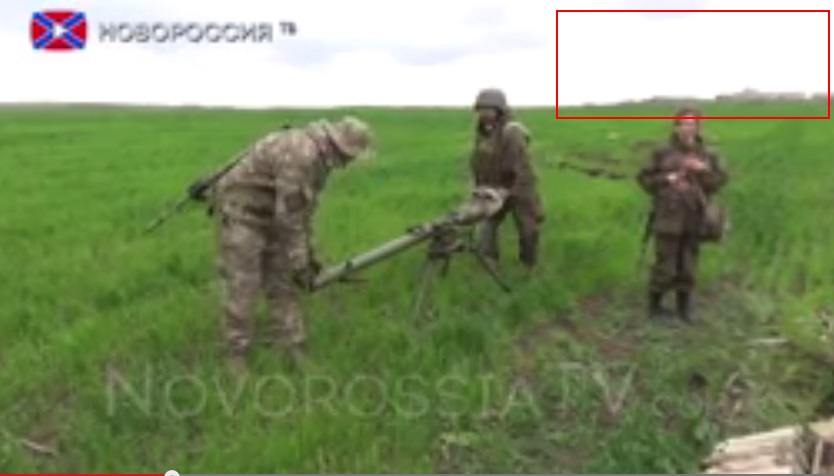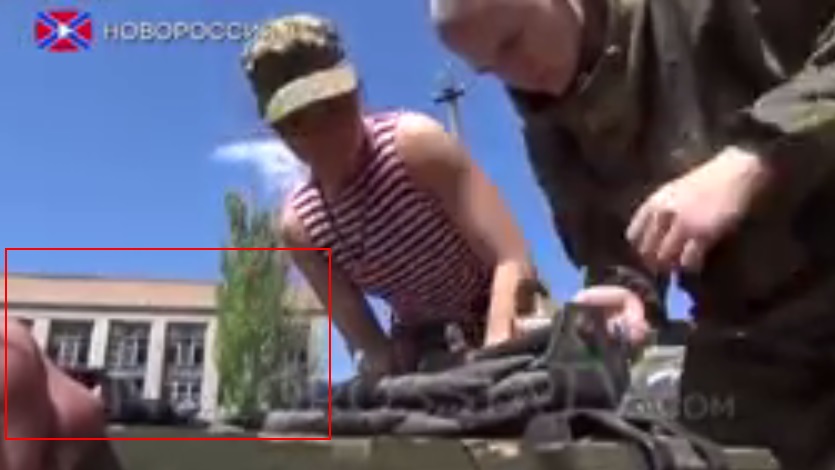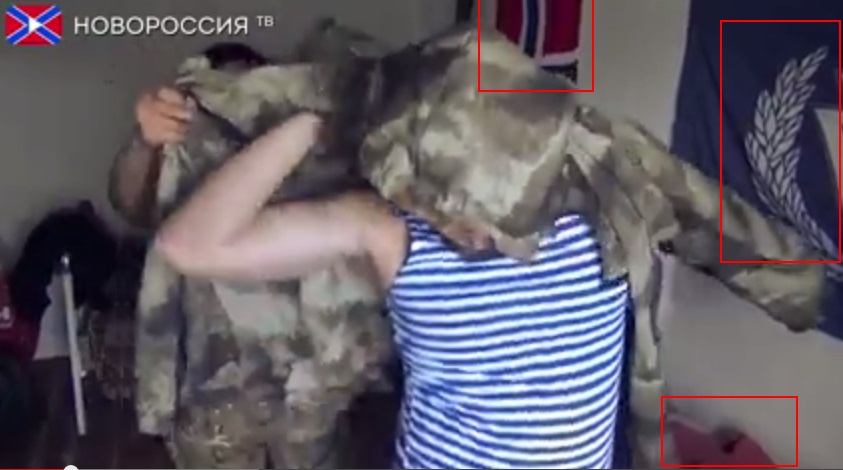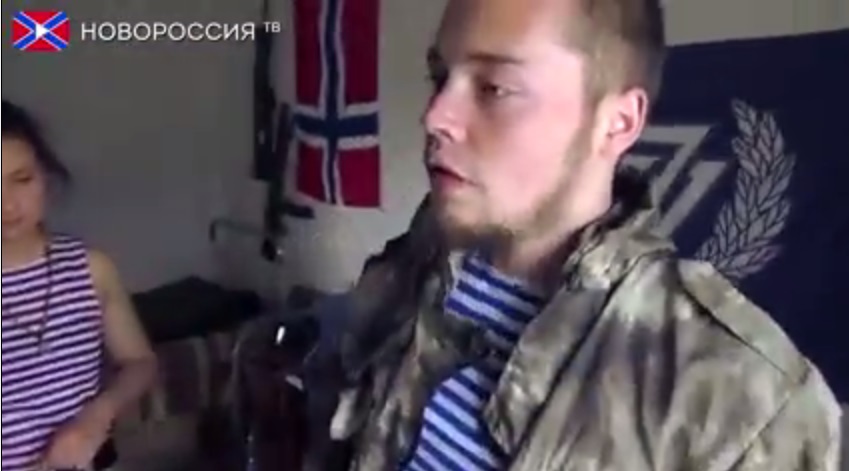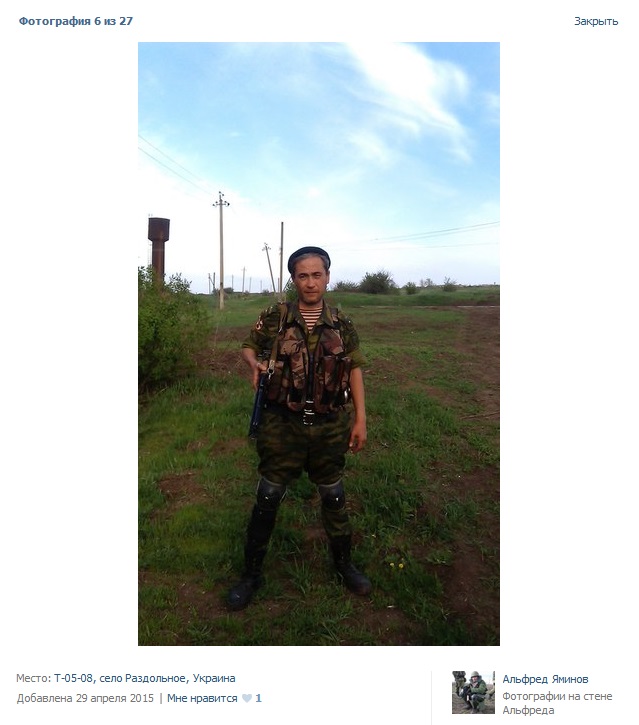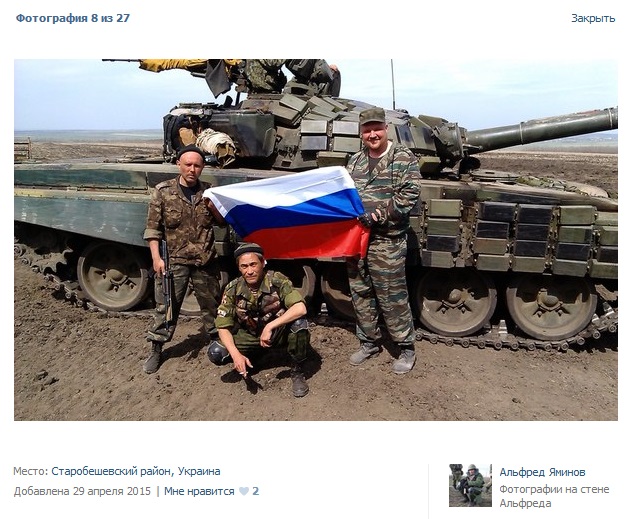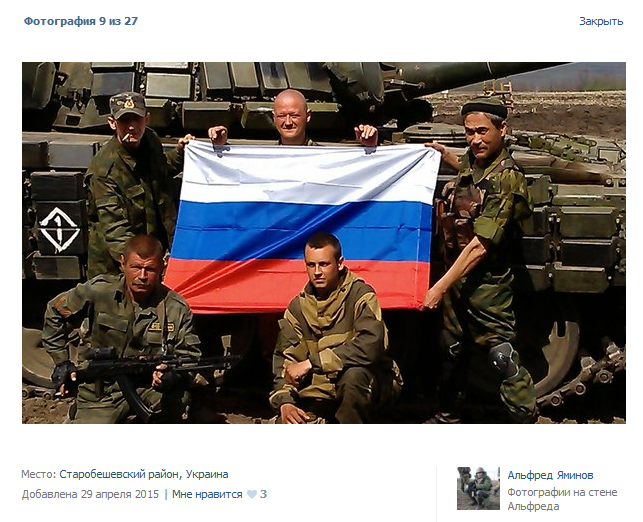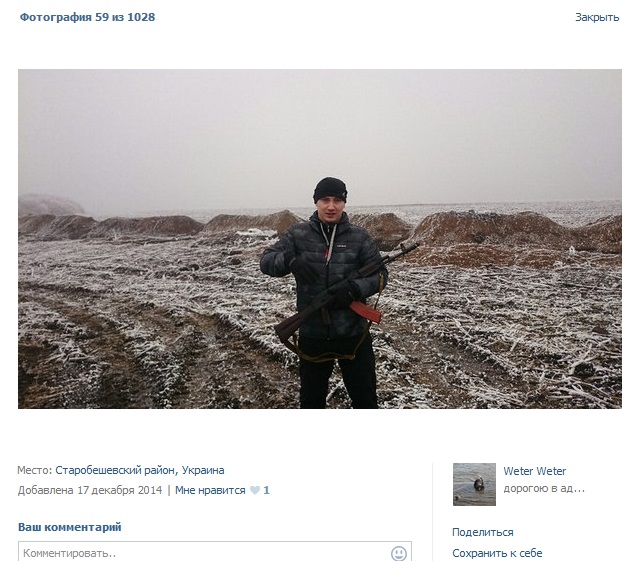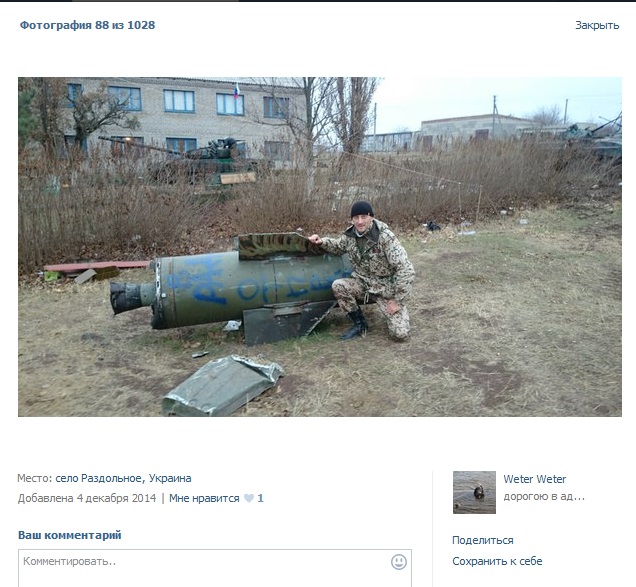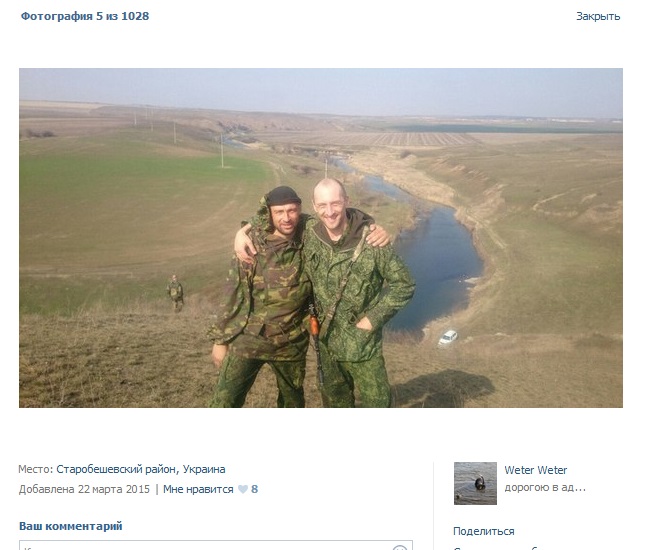By now a large body of evidence has been accumulated which proves that Russia is supplying both equipment and soldiers from its military to the Russian-backed separatists in the Donbass region of eastern Ukraine. Last year, the initial focus was on the weapons such as tanks and anti-aircraft missiles which were showing up in separatist-controlled areas. Some of them, like the T-72 Main Battle Tank and the Strela-10 surface to air missiles, most likely were supplied or even operated directly by the Russian military. Some of the weapons — like the T-72B3 which was never exported by Russia; or the BPM-97, an armored vehicle which is exclusively used by Russia’s border guards — are definitive proof of Russia’s hybrid war in Ukraine. Journalists have witnessed Russian armor pouring across the border, fallen Russian soldiers have been buried, and social media posts have placed Russian soldiers inside Ukraine (just to name a few examples).
However, in the last month the international observers from the OSCE — a group which has arguably bent over backward not to assign blame in this conflict — has witnessed a group of soldiers, wearing Russian military insignia, operating inside Ukraine. This is from their report on May 28, just days before the June 3 assault on Marinka:
In Petrivske (“DPRâ€-controlled, 38km south-east of Donetsk) the SMM spoke to a young man who said that the former local holiday camp was currently occupied by an unknown armed group. He could not specify for how long this armed group had been stationed in the village. In the village the SMM spoke to two women, both wearing military uniforms, with caps with Russian Federation Armed Forces insignia. They said that they were from Kramatorsk. During the conversation with the two women a vehicle with Russian Federation number plates stopped next to the OSCE vehicles and two armed men, similarly dressed, exited the car and ordered the women to stop the conversation with the SMM. Behind a tall fence inside the holiday camp, the SMM observed one infantry fighting vehicle.
Are these really soldiers in the Russian military? What we do know is that there is an established pattern that previous to other major battles there has been an influx of Russian military soldiers who spearhead major assaults on important Ukrainian military positions. A perfect illustration of this is the soldier highlighted in a recent investigation by Vice News journalist Simon Ostrovsky who proved that a particular Russian soldier was present in the area of Debaltsevo, site of a major Russian offensive in February. We also know that the Russian-backed fighters appear to have made the area east of Volnovakha, between Donetsk and Mariupol, a target for a new wave of attacks.
For nearly two months the OSCE’s reports have been filled with details about heavy weaponry, armor, and soldiers moving around inside the self-declared “Donetsk People’s Republic,” but one paragraph in this sea of information caught our eye. Last week, on their June 8 report, the OSCE Special Monitoring Mission mentioned another camp, just 10 kilometers south-southeast from the one discussed above, where the Russian-backed forces were stationing armor.
In “DPR”-controlled Rozdolne [Razdolnoye] (47km south-east of Donetsk) an SMM UAV spotted a concentration of nine main battle tanks (MBTs) in a residential area, one self-propelled howitzer (2S1) and 16 armoured personnel carriers (APCs).
This report is important for two reasons. The first — this observation matches a pattern which suggests that the Russian-backed fighters are massing between Donetsk and Mariupol. The second — it corresponded to reports posted on Russian social media and exposed by the website InformNapalm — reports which suggested that not only is there a separatist camp in this area, but that the camp contains Russian fighters. Furthermore, the leaders of one of the groups located at this base, Aleksei Milchakov, a rising star inside the DNR who was among the survivors of Rusich battalion after separatist leader Aleksandr “Batman” Bednov was assassinated in January. There are suspicions that he may be an agent of the Russian foreign military intelligence directorate, or GRU.
Below we have assessed the details of the reports from InformNapalm, and have expanded on their investigation. — James Miller
